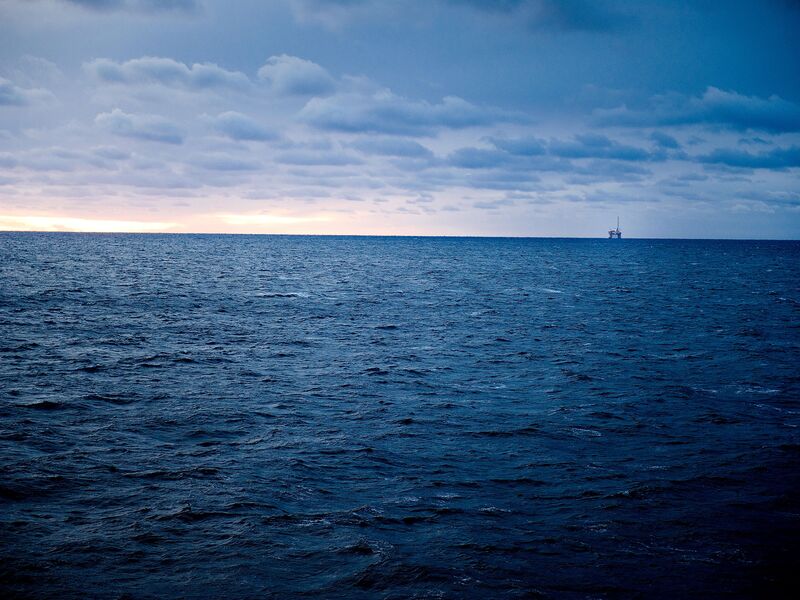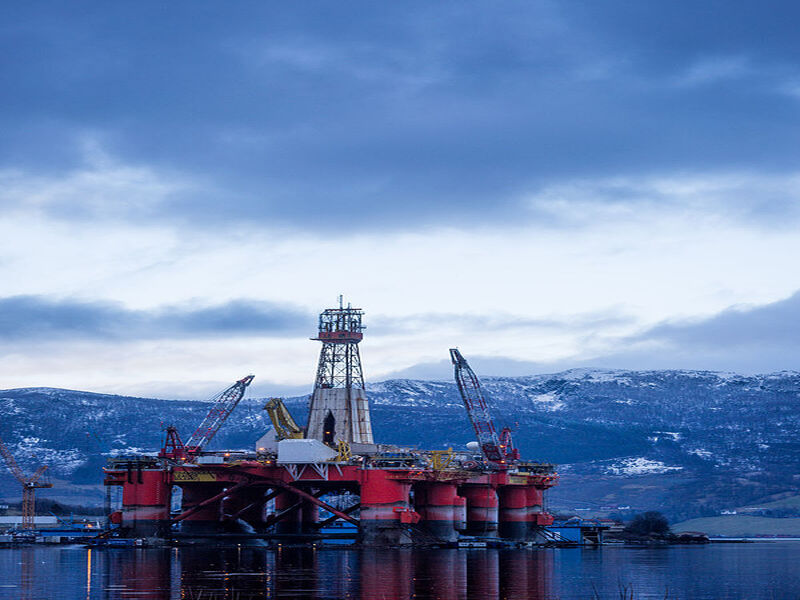Linnorm in the Norwegian Sea is considered the largest undeveloped gas discovery on the Norwegian Continental Shelf (NCS).
The discovery, proven in 2005 and delineated in 2007, is estimated to host 25-30 billion cubic metres (bcm) of recoverable gas reserves.
Linnorm is located in the Production Licence (PL) 255. The licence partners are Norske Shell (30%, operator), Petoro (30%), Equinor Energy (20%), and TotalEnergies EP Norge (20%).
In December 2023, Equinor signed an agreement to acquire Norske Shell’s 30% equity in PL 255 along with the operatorship.
Project Gallery
The agreement, which will increase Equinor’s ownership in PL 255 to 50%, is expected to close in the first quarter of 2024 following approval from the Norwegian authorities.
The Linnorm field may commence operations as early as 2026 with a production period of 12-16 years.
Linnorm Discovery Location
The Linnorm Discovery in block 6406/9 is located in the central part of Norwegian Sea, around 50km northwest of the Draugen Field. The site is around 200km northwest of Norwegian municipality Kristiansund.
The water depth in the region is around 300m.
Reservoir Details
The reservoir of the Linnorm Discovery consists of dry gas with high carbon dioxide and hydrogen sulphide content. The reservoir is complex and challenging with High Pressure and High Temperature (HPHT).
The reservoir lies approximately 4,400-5,000m below the seabed in the Ile, Tofte, and Tilje Formations of Early to Middle Jurassic age with variable quality.
It contains gas with approximately 7% of carbon dioxide, 10-30ppm of hydrogen sulphide, and 20-130µg/m3 of Hg2, and waxy condensate.
Linnorm Discovery and Appraisal
The offshore field was discovered by 6406/9-1 well drilled by Norske Shell in the southern Haltenbanken area in June 2004.
The purpose of the drilling was to test the presence of hydrocarbons in the Middle to Early Jurassic reservoirs of the Garn, Ile, Tofte/Ror, and Tilje Formations and to test production at potential hydrocarbon occurrences.
The well was drilled with the semi-submersible installation, Transocean Leader, to a total depth of 5,080m in the Early Jurassic sediments of the Åre Formation.
Gas was found in the Jurassic Ile, Tofte, Tilje, and Åre Formations. The wildcat well was permanently abandoned in June 2005 as a gas discovery.
In 2007, the appraisal well 6406/9-2 was drilled by Norske Shell to appraise the Linnorm discovery, which was previously known as Onyx South-West gas discovery, around 3.5 km NNW of 6406/9-1 well.
The objective of drilling was to decrease the volumetric uncertainty of the Onyx SW Discovery by penetrating the expected Free Water Level (FWL) of the Ile Formation and deeper reservoirs at structural spill point.
The wellbore was drilled with the semi-submersible installation West Alpha to a total depth of 5,348m in Early Jurassic sediments of the Åre Formation. It found that the Ile Formation was completely hydrocarbon bearing.
Linnorm Development Details
Shell abandoned its plans to develop the Linnorm Discovery as a standalone gas field in June 2022.
After Equinor signed the deal to increase its stake in the discovery to 50%, it said that the company would continue to assess the development with a tie-back to the Equinor-operated Kristin or Åsgard B installations.
Initially, it was planned to be developed with three production wells connected to a floating facility.
This unmanned facility will be remotely operated from the shore. It will be capable of processing the flow, extracting produced water, and supporting daily export of up to 12 million standard cubic metres (sm3) of gas.
Condensate will be separated and stabilised in the process plant and then stored in the 24,000m3 hull.
The export of gas will be a two-stage process consisting of the transport of gas from Åsgard Transport System to Kårstø and Polarled to Nyhamna. Condensate will be exported via tankers.
The Linnorm development is planned to receive power from the shore via a cable from a transformer facility located at the Tjeldbergodden industrial area.
The cable from the Tjeldbergodden industrial area will be approximately 160km long connecting the transformer station to the Haltenpipe and up to the baseline followed by a direct connection to the project.
Contractors Involved
The semi-submersible installation, Transocean Leader, for drilling activity was supplied by Transocean.
Aberdeen-based Wood Group performed Front End Engineering and Design (FEED) work for the Linnorm development.



